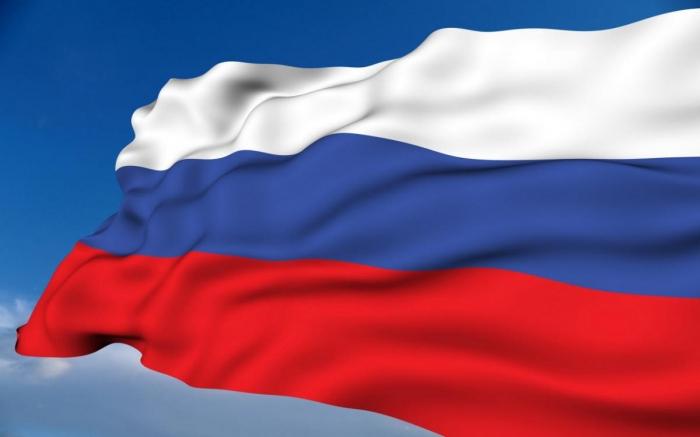The Constitution of the Russian Federation is the basic law of the country. The whole system of legislation in the country depends on its correct interpretation and implementation. The Constitution contains fundamental principles, principles that serve as a source for new laws. In Russia, the basic law is considered tough due to the complicated procedure for making changes. Amendments to some sections of the Constitution are not permitted at all. To fully understand its goals and fundamentals, it is also necessary to know its structure.
The structure of the Constitution of the Russian Federation is a complex organization of elements that are closely related. These are chapters, sections, articles. The Russian Constitution includes the preamble, which does not contain any legal norms. However, her presence is necessary, because she plays the role of the introduction. In addition to it, the structure of the Constitution of the Russian Federation contains two sections, which include 9 chapters. Articles in each chapter are grouped by common features (similarity of the subject of regulation or method). By this we mean that the social relations regulated by each chapter are similar. The sequence of presentation is also formed on the basis of the relationship of one rule with another, the derivation of the rules of law from each other. The final and transitional provisions complete the basic law of our country.
It makes sense to dwell on the chapters and consider their contents.
The first includes the basic principles on which the constitutional system in Russia is based. They give rise to all other norms, and their change is impossible. The only way to amend this chapter is to completely revise the Constitution until the adoption of a new document.

The second chapter reveals the content of the rights and fundamental freedoms exercised on the territory of Russia. The remaining chapters, except the ninth, are devoted to the organization of state power in the country (the basics of the work of the Federal Assembly, namely the State Duma and the Federation Council, the President, local authorities, the judiciary). As for chapter nine, it reveals the principle of amending the basic law of a country. The main normative rule is the ability to change chapters one, two, nine, not otherwise than through the adoption of a new Constitution. Such a section first appeared in the basic law of our country. Although in other states the appearance of such a norm is no longer a rarity.
At different stages of the country's development, the structure of the Constitution of the Russian Federation was not constant. It reflected the dominant ideology, and the interests of a particular group of people who came to power. A great influence on its current structure, of course, was influenced by the long presence of the RSFSR in the USSR as one of the union republics. The greatest similarities can be found with the 1937 Constitution of the USSR . Perhaps the creators of the main law of 1993 relied precisely on the structure of this document.
The structure of the Constitution of the Russian Federation is what is, of course, necessary for understanding the document itself. And without decent knowledge, it is impossible to carry out any kind of law enforcement.